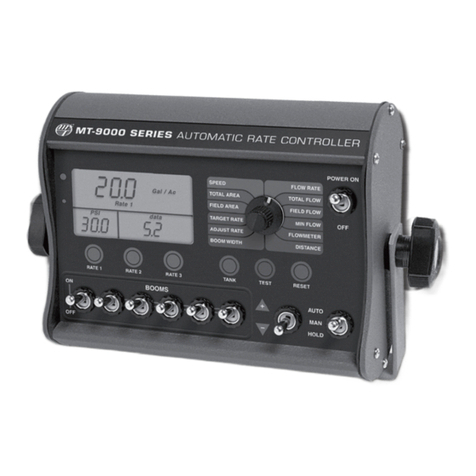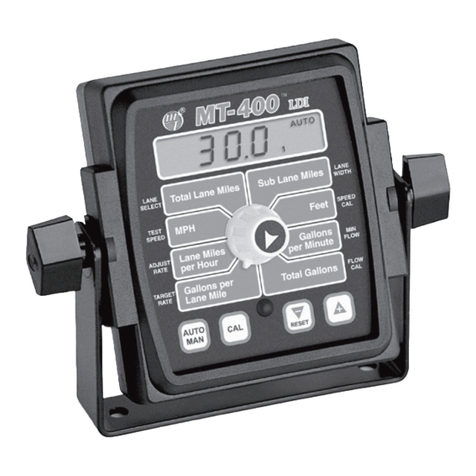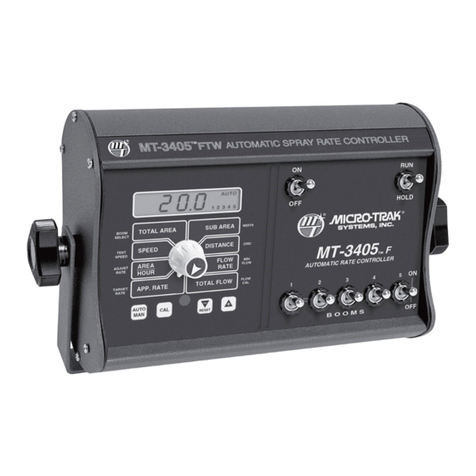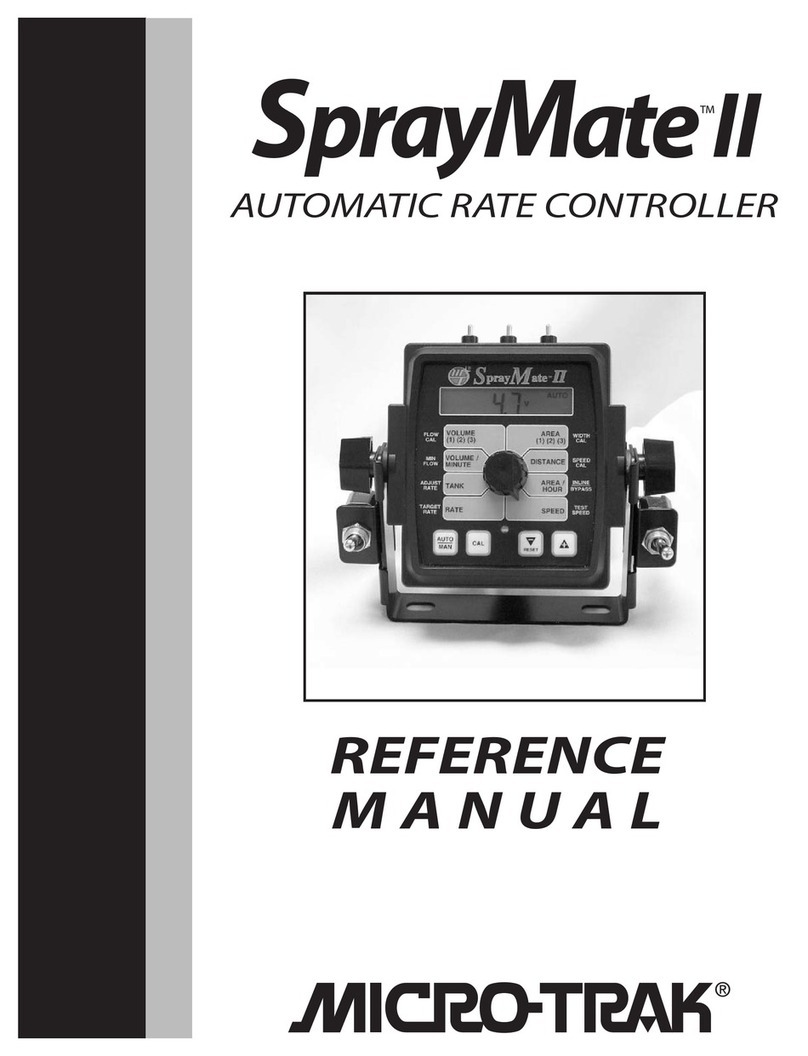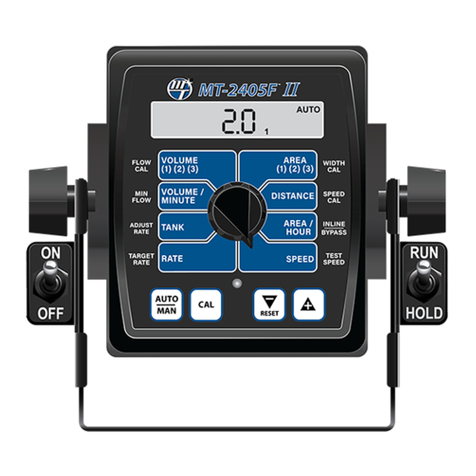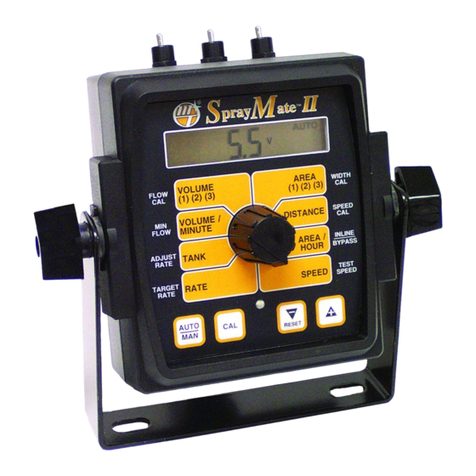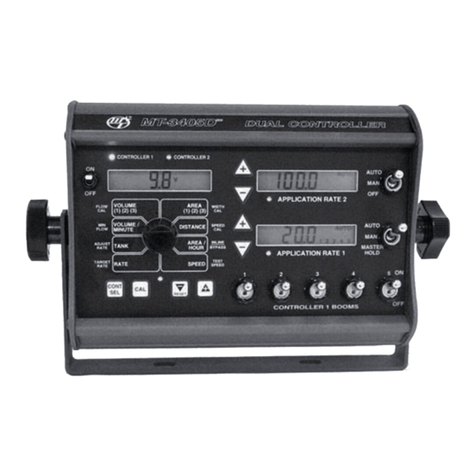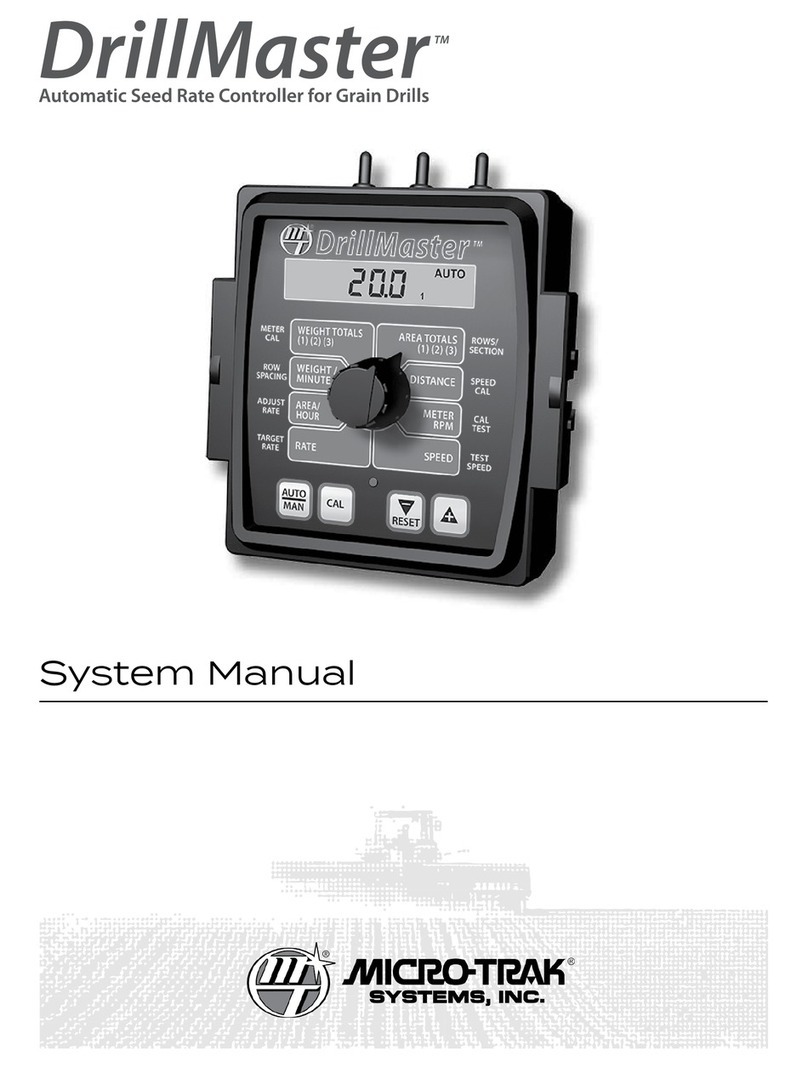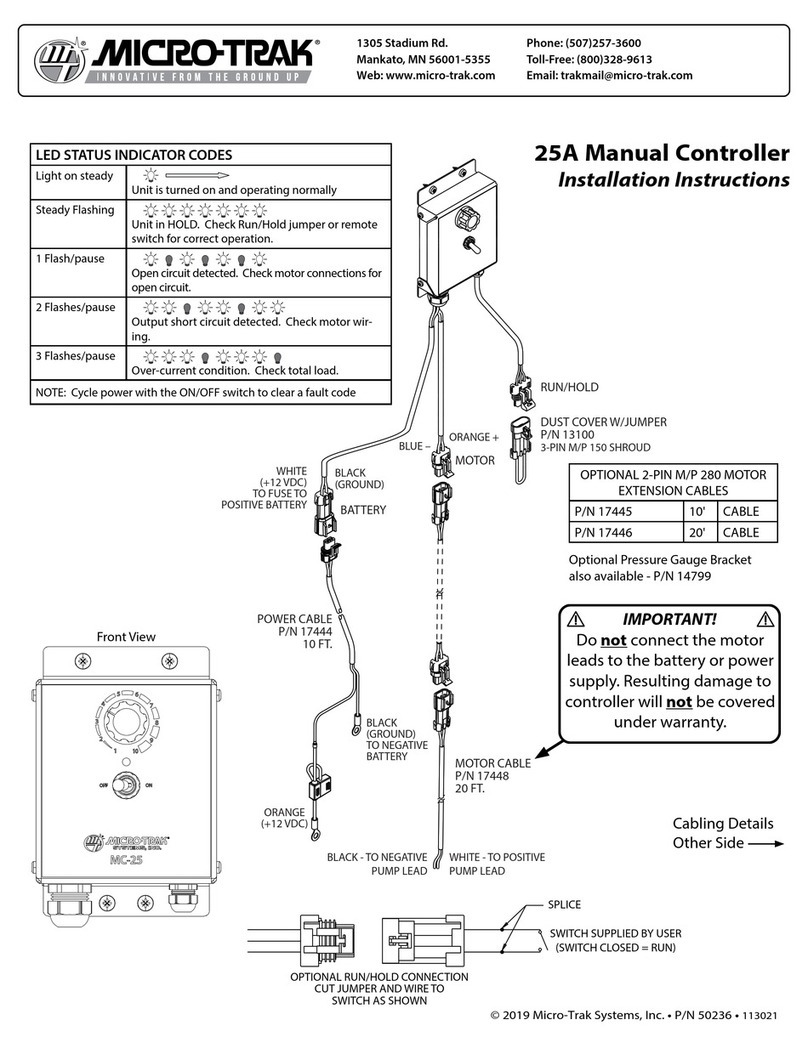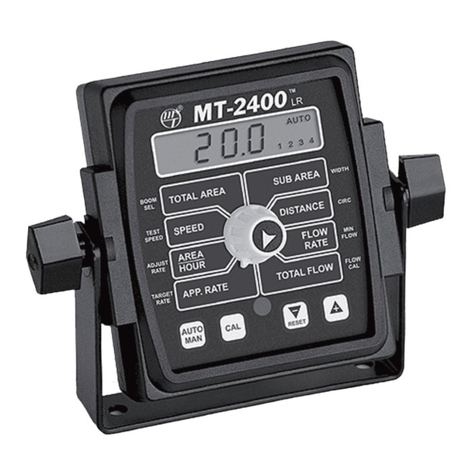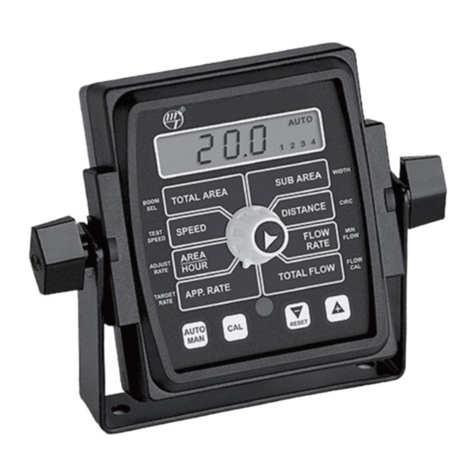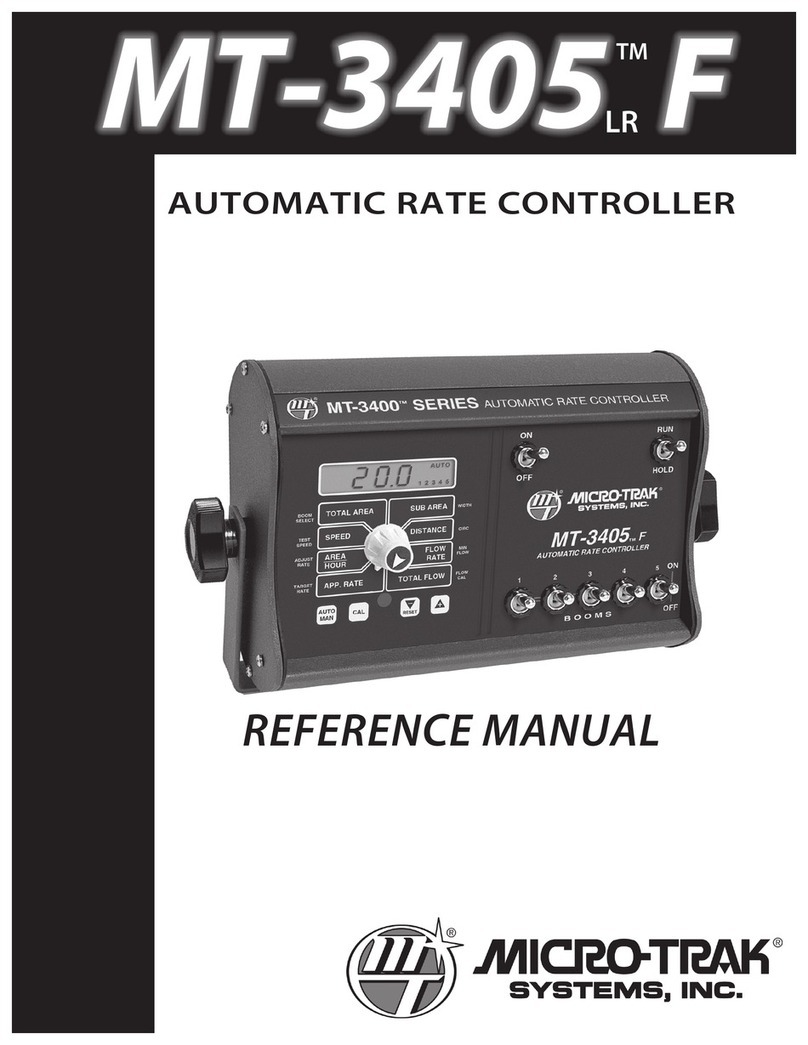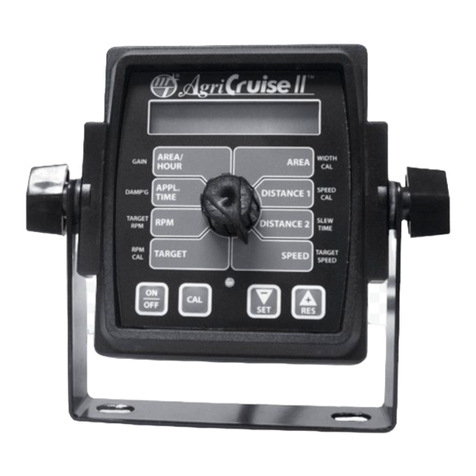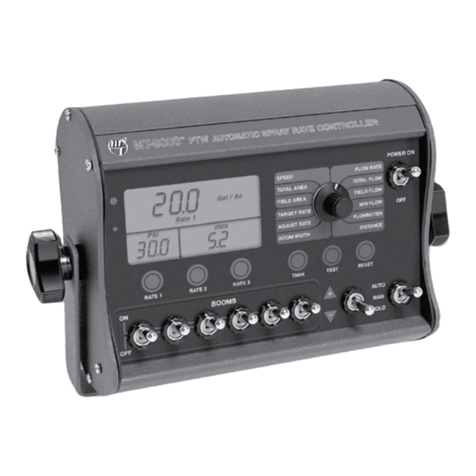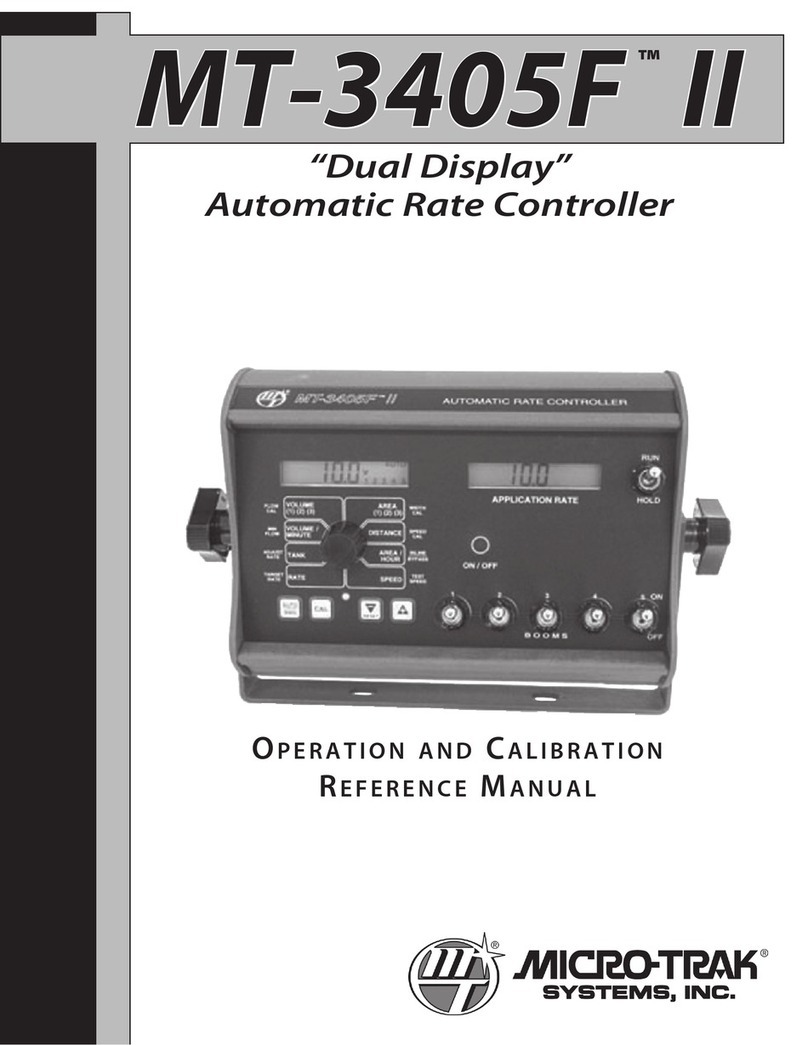
MicroTrak Systems, Inc.
Limited Warranty
MicroTrak Systems, Inc. (herein “Seller”) warrants to the original purchaser (herein “Buyer”) that, if any product or part of the
product (herein “Parts”) proves to be defective in material or workmanship, upon inspection and examination by Seller, within
three (3) years from the original dateofpurchase, and is returned to Seller with dated proofofpurchase, transportation
prepaid, within sixty (60) days after such defect is discovered, Seller will, at their option and sole discretion, either repair or
replace said part, except that the warranty for expendable Parts, including but not limited to, light bulbs and batteries shall
be thirty (30) days from the original dateofpurchase; and except that the warranty for Parts manufactured by someone
other than the Seller, including but not limited to, shutoff valves, control (servo) valves, flowmeters, pressure sensors, pumps,
compressors, tanks and tank accessories, DGPS receivers and related repeater and base stations shall be one (1) year from the
original dateofpurchase; and except that the warranty for Parts manufactured by someone other than the Seller, including
but not limited to, memory cards and drives, mapping software, terminals, PC’s, laptops, tablets and other computer devices
shall be thirty (30) days from the original dateofpurchase. Any damage or failure to said part resulting from abuse, misuse,
neglect, accidental or improper installation or maintenance, unauthorized modification, use with other parts and/or products,
or attributable to acts of God, as determined solely by the Seller, will invalidate the warranty. Said part will not be considered
defective if it substantially fulfills the performance specification. Buyer shall be responsible for all maintenance services, if
any, all in strict accordance with the procedures outlined in the manual. The warranty does not include labor, installation,
replacement parts or repairs, delivery of replacement parts or repairs or time and travel. Said warranty is nontransferable.
THE FOREGOING WARRANTY IS EXCLUSIVE AND IN LIEU OF ALL OTHER WARRANTIES OF MERCHANTABILITY, FITNESS FOR
PURPOSE AND OF ANY OTHER TYPE, WHETHER EXPRESS OR IMPLIED. THE SELLER’S LIABILITY, WHETHER IN CONTRACT,
IN TORT, UNDER ANY WARRANTY, IN NEGLIGENCE OR OTHERWISE, SHALL NOT EXCEED THE RETURN OF THE AMOUNT
OF THE PURCHASE PRICE PAID, AND UNDER NO CIRCUMSTANCES SHALL THE SELLER BE LIABLE FOR SPECIAL, INDIRECT,
CONSEQUENTIAL, INCIDENTAL OR PUNITIVE DAMAGES. SELLER NEITHER ASSUMES NOR AUTHORIZES ANYONE TO ASSUME
FOR IT ANY OTHER OBLIGATION OR LIABILITY IN CONNECTION WITH SAID PART. NO ACTION, REGARDLESS OF FORM, ARISING
OUT OF THE TRANSACTIONS UNDER THIS AGREEMENT MAY BE BROUGHT MORE THAN ONE (1) YEAR AFTER THE CAUSE OF
ACTION HAS OCCURRED.
Buyer accepts these warranty terms and limitations unless the part is returned to Seller, via proper distribution channels and
approved return authorization, with dated proofofpurchase, transportation prepaid, within sixty (60) days from the dateof
purchase for refund of the purchase price.
Doc: MTS Warranty Statement_010119a Rev 2_01012019
At Micro-Trak® Systems, we believe a product that delivers quality and performance at a reasonable cost is what is needed to
help today’s operator and the operator of the future compete in the world market.
It is our goal to provide operators with a line of electronic equipment that will help build and maintain an efficient and
profitable operation that can be passed on to future generations.
We thank you for your purchase and hope that we can be of service to you in the future.
Micro-Trak® Systems, Inc.
MAIL and UPS:
Micro-Trak® Systems, Inc.
ATTN: Service Department
P.O. Box 99
111 East LeRay Avenue
Eagle Lake, MN 56024-0099
